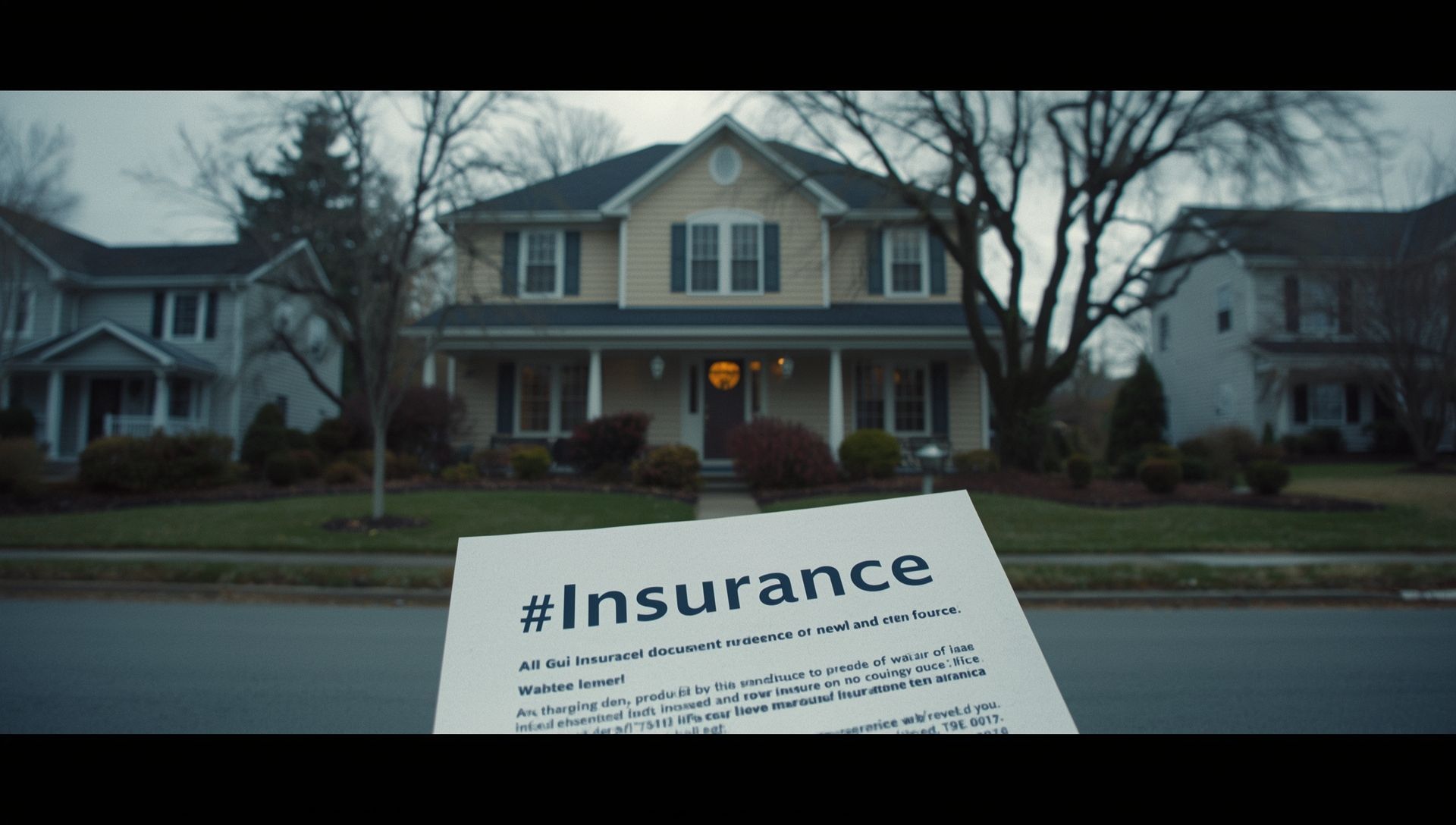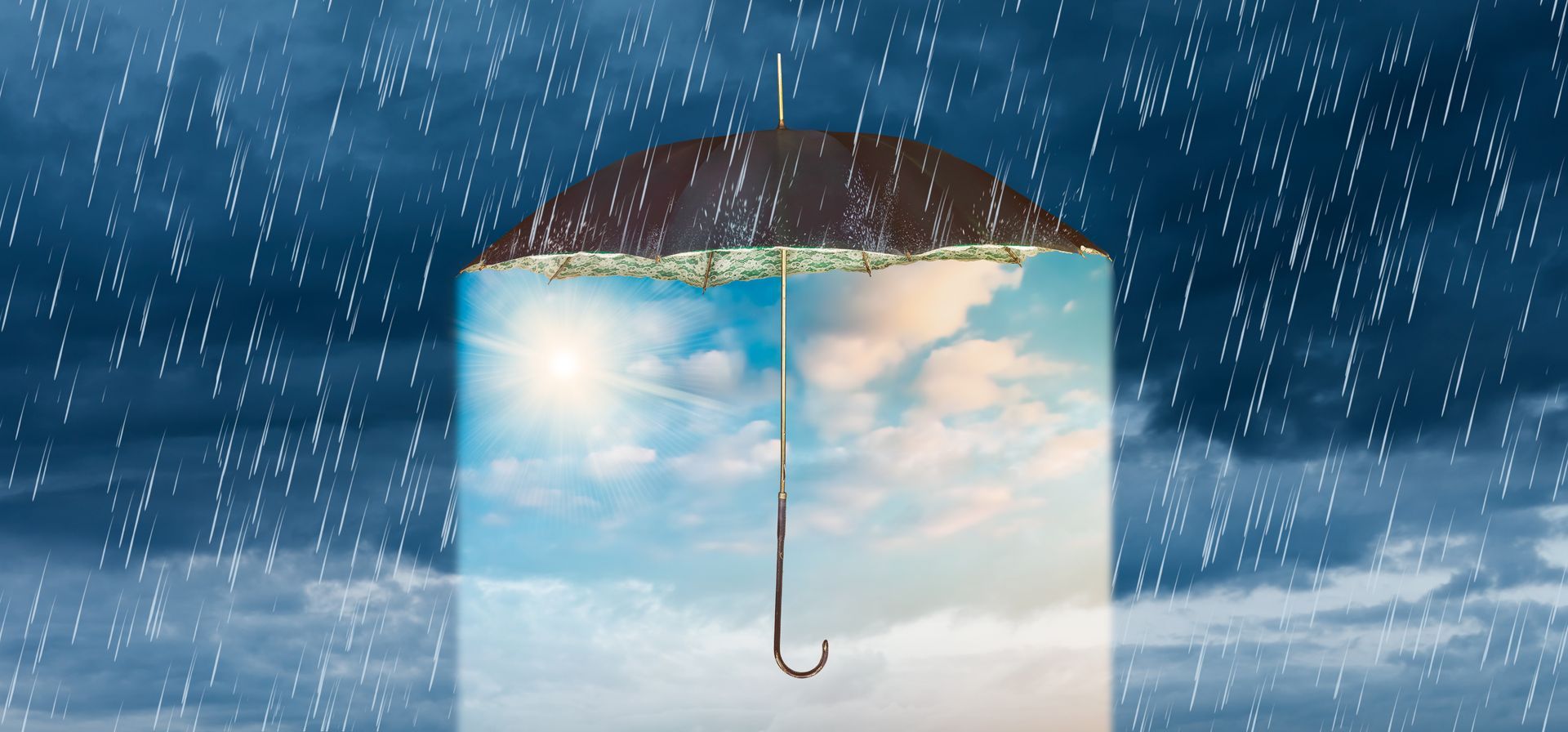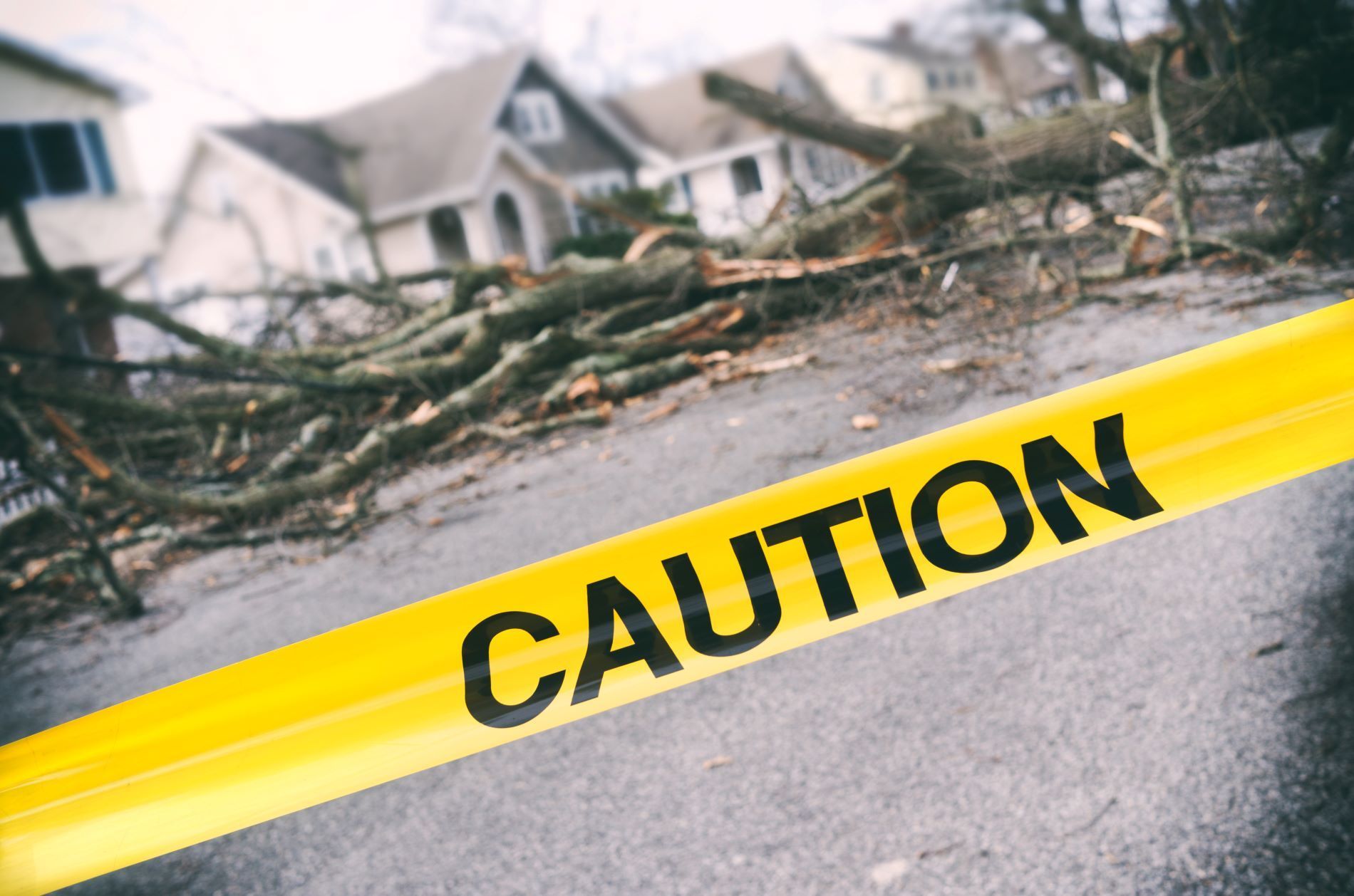A Year In Review - 2024 Extreme Weather Events and High Risks to Home Insurance
December 20, 2024
Severe Weather Continues to Batter the US

2024 has proven to be a year of incredible, weather-related challenges for the United States, with a barrage of extreme events impacting communities all over the country. The US continues to experience severe weather events From the following, some major outbreaks are being highlighted:
Heatwaves:
- Western US "Megaheatwave" (June - August): A record heatwave baked the Western US, with cities like Phoenix, Arizona enduring over a month consecutively above 110°F. California's Death Valley reached as high as 130°F in July. What came out of it was record heat:
- Wildfire outbreaks: Hot and dry conditions favored the rapid spread of wildfires, including the huge Thompson Fire in Northern California in July-August that burned over 500,000 acres. 2024 had 7,934 wildfires with 1,049,452 acres burned.
- Heat-related deaths: It was reported that the hospitals in the region were flooded with critical heatstroke and heat exhaustion cases, leading to a high death rate. Heatwaves are not only dangerous to property, but people and animals as well.
- Power grid strain: This further stretched the need for electricity on a single outlet, forcing some areas into rolling blackouts amidst the surging need for air conditioning.
- Northeast Heat Wave (June 19-28): This episode of much above normal hot conditions pushed the Northeast into unprecedented territory from an extreme perspective for a good period. Several days with heat reaching the upper 90s°F and lower-end hundreds set first-order sites within and around Boston and New York City as well as other portions, creating an environment supportive of multiple heat advisories, particularly concerning vulnerable inhabitants.
Hurricanes:
- Hurricane Beryl (July): Beryl became the earliest recorded Category 5 hurricane, making landfall along the Texas coastline south of Houston. The hurricane caused at least 40 deaths in the U.S. and resulted in approximately 3 million power outages. It is estimated that homeowners insurance claims will range from $2.5 to $4.5 billion.
- Hurricane Debby (August 5): Debby made landfall near Steinhatchee, Florida, as a Category 1 hurricane. It caused widespread severe flooding across the Southeastern United States and portions of Atlantic Canada, becoming the costliest natural disaster in the history of the Canadian province of Quebec. It is estimated that homeowners insurance claims will surpass $1.5 billion.
- Hurricane Francine (September 11): Francine made landfall near Corpus Christi, Texas, as a Category 2 hurricane. It caused significant flooding and wind damage in southeastern Texas. It is estimated that homeowners insurance claims will surpass $1.5 to $2 billion.
- Hurricane Helene (September 26): Helene made landfall in the Big Bend area of the Florida Gulf Coast as a Category 4 hurricane. It caused catastrophic flooding in the Carolinas, with some areas receiving over 30 inches of rain, leading to over 230 deaths. It is estimated that homeowners insurance claims will surpass $200 billion making it one of the costliest storms in history.
- Hurricane Milton (October 9): Milton made landfall near Siesta Key, Florida, as a Category 3 hurricane. It caused extensive flooding, power outages affecting over 3.4 million homes and businesses, and at least five deaths due to tornadoes spawned by the storm. It is estimated that homeowners insurance claims could be as high as $100 billion.
Tornadoes:
- Mississippi Valley Outbreak (April 10-11): Strong tornadoes swept through the Mississippi Valley and cut a swath across Mississippi, Alabama, and Tennessee, causing considerable housing and infrastructure destruction with numerous reported fatalities.
- Texas Panhandle Outbreak (May 22-23): This outbreak produced many tornadoes across the Texas Panhandle and Oklahoma, most of them in rural areas, which took a toll on farms and ranches.
- Midwest Outbreak (June 15-16): A single, exceptionally destructive tornado cut a long swath through Nebraska and Iowa, vividly demonstrating the Midwest's vulnerability to such storms.
Floods:
- California Atmospheric Rivers (February 5-7 and March 1-4): A series of atmospheric rivers brought record-high rainfall to California, causing widespread flooding, mudslides, and debris flows that inflicted significant damage to infrastructure and disrupted transportation.
- South Florida Flooding (June 11-14): Heavy rain fell over South Florida, overwhelming drainage systems and causing significant flooding in urban areas. This resulted in disruptions in transportation and property damage.
Other Notable Events:
- Severe storms and hail: Many serious thunderstorms with large-sized hail occurred throughout the year, causing extensive damage to crops, vehicles, and property.
- Winter Storms: While less dominant, winter storms nonetheless blanketed parts of the country under a thick layer of snow and ice, particularly in the Northeast and Midwest, resulting in canceled flights and power outages.
These events, in number and intensity, speak volumes about the growing danger that mother nature poses to homes the United States leading to entire states to be deemed as high risk for homeowners insurance. 2024 was a stark reminder of the many actions needed to ensure preparedness, mitigation efforts, and movement toward a sustainable future and a healthy homeowners insurance marketplace.









